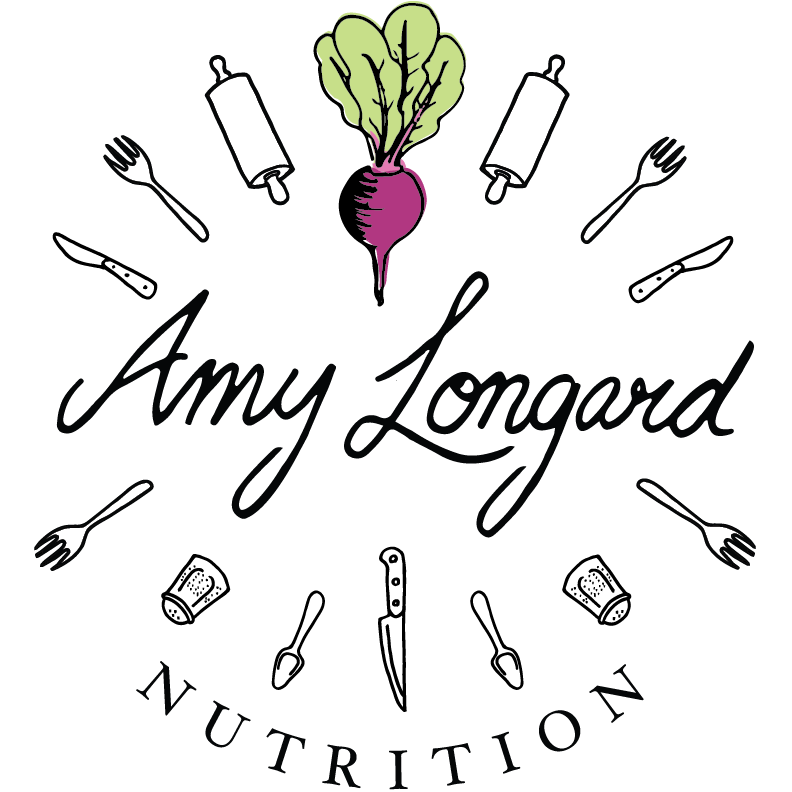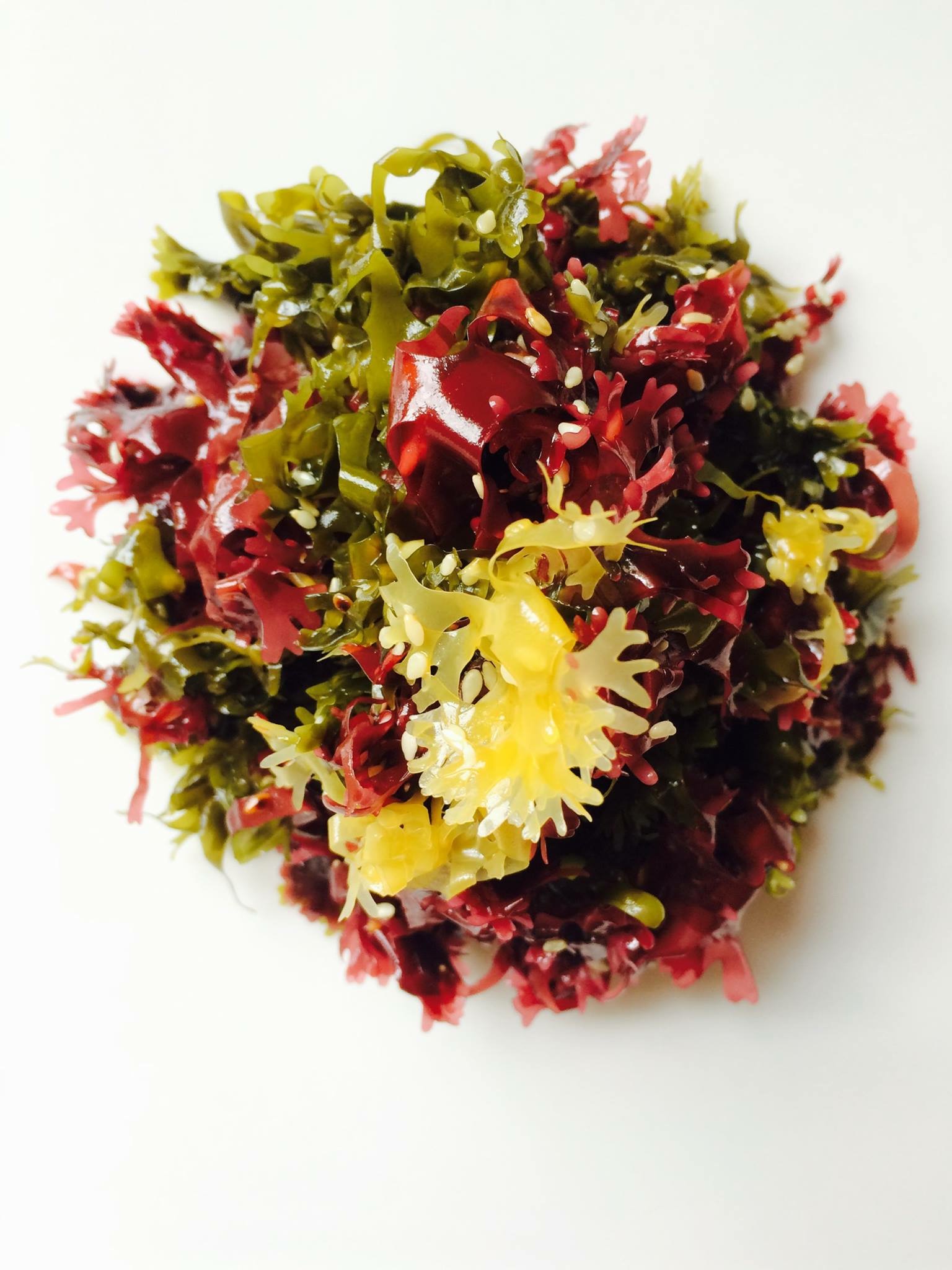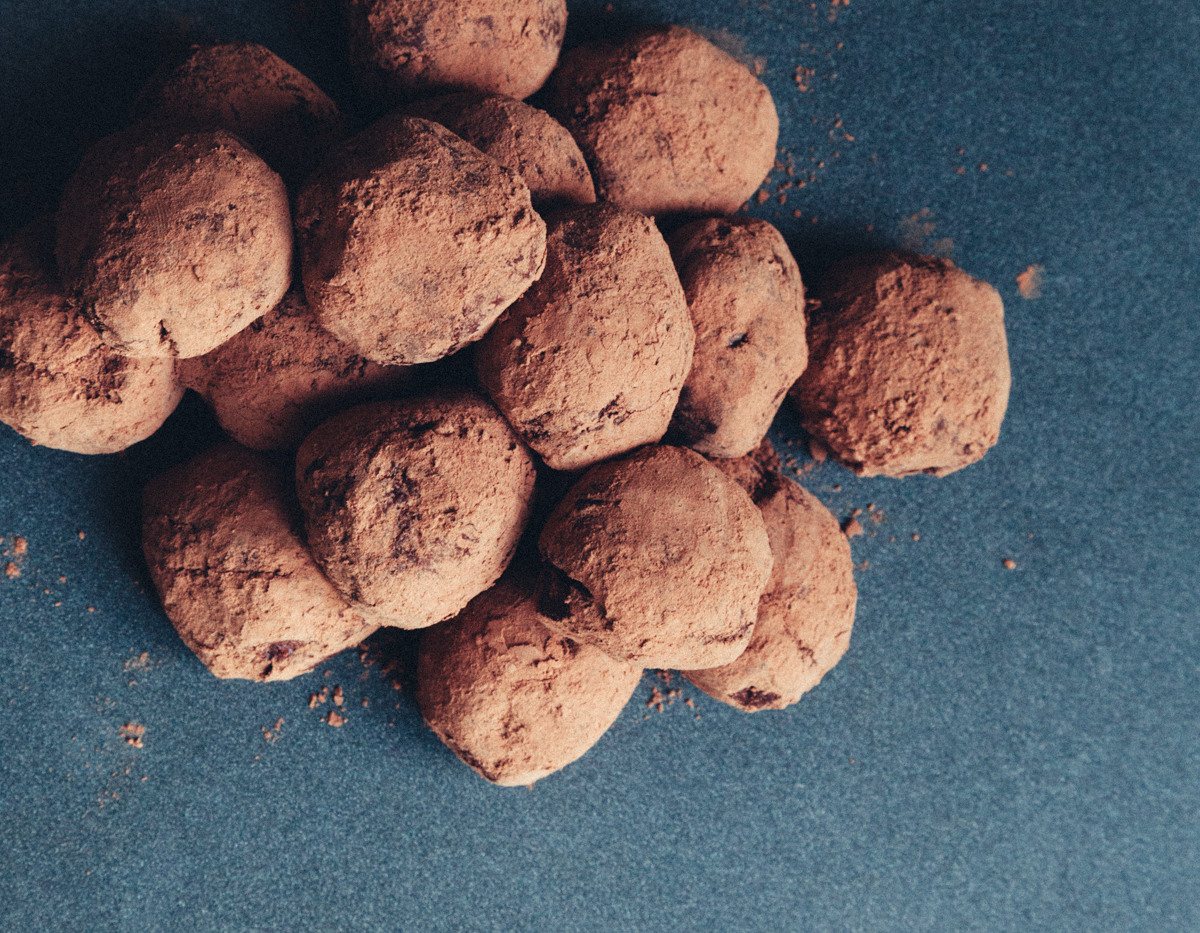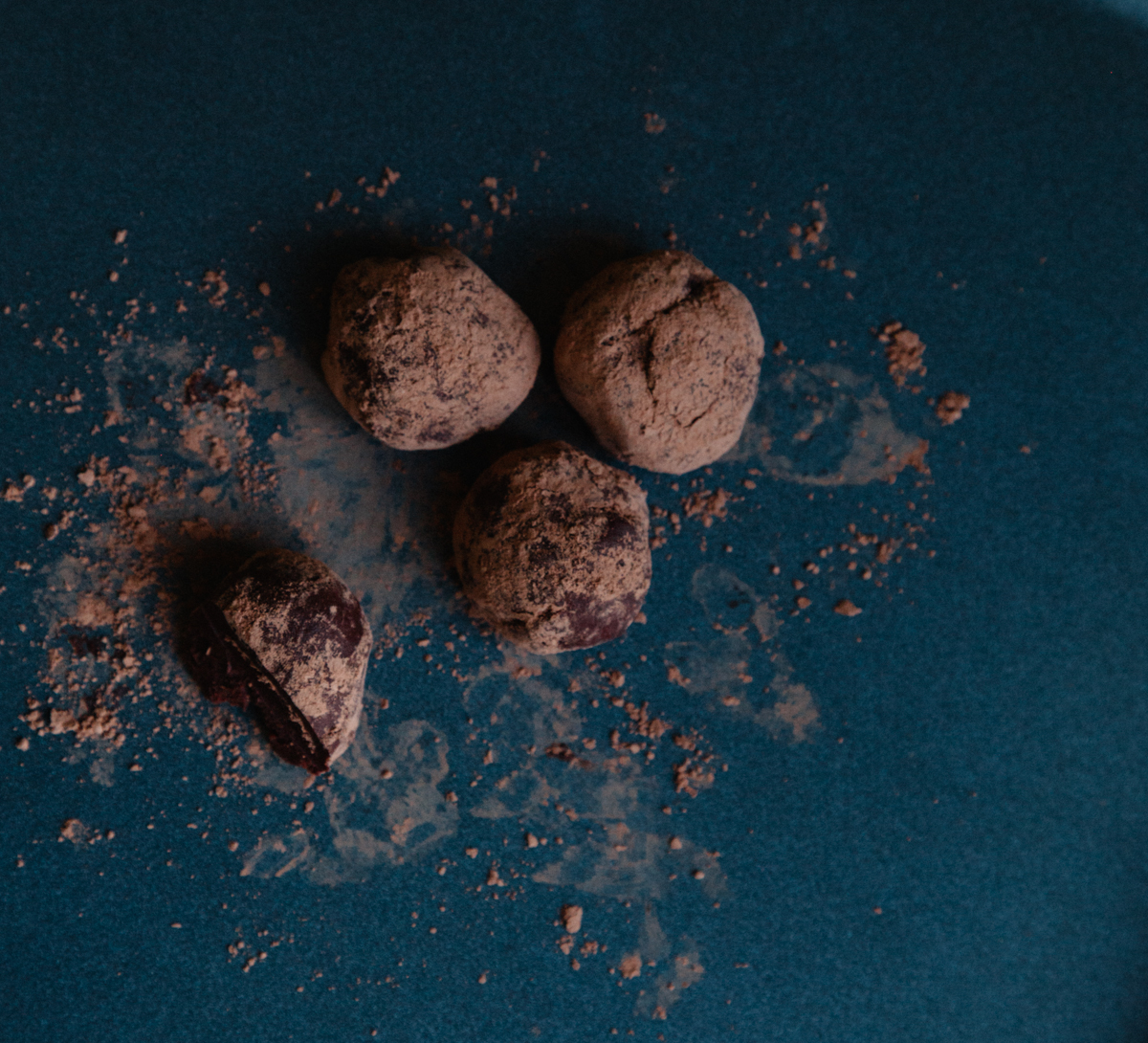Roasted Acorn Squash & Apple Soup
I'm sure you've noticed that winter squash is abundant these days at both grocery stores and farmers' market. As we begin to bid farewell to Fall, I'd say it's time to start compiling warming recipes and making soups and stews.
The soup recipe below is inspired by the Minimalist Baker's simple pumpkin soup, but I've changed things up a bit by adding roasted acorn squash, apple, onion and garlic, rather than pumpkin puree. The changes gives the soup a nice depth of flavour and also subtle natural sweetness from the roasted veggies and apples. In the Minimalist Baker's recipe, she also includes a kale "topping" for the soup. I loved this idea and have come up with a variation in my recipe as well. It's optional, but definitely recommended as it adds a nice pop of colour, flavour, and texture to the dish.
I love cooking with winter squash. Many people write squash off because it's thought to be too starchy, but surprisingly it has a whole lot of nutritional value. In the case of acorn squash, it's a great source of beta carotene (the precursor to vitamin A) and vitamin C. It's also rich in fiber. So yes, this is a healthy soup, but it's easy to make and delicious. The combination of roasted vegetables, apples, coconut milk and spices, paired with the bitter and garlickly kale topper, gives this soup complex and rich flavour. Try it out and let me know what you think.
ROASTED ACORN SQUASH & APPLE SOUP + KALE & HEMP TOPPER
Makes 4 servings
Soup Ingredients:
Extra virgin olive oil
2 acorn squashes
2 small yellow onions, peeled and cut in large dice
3 cloves garlic, peeled
2 apples, peeled, cored and cut into bit sized pieces
2 cups low sodium organic vegetable broth
1 cup full fat coconut milk
1/4 teaspoon each sea salt, black pepper, cinnamon, nutmeg
Kale & Hemp Topper ingredients (optional):
1 bunch of kale, stems removed, ripped or chopped into bite sized pieces
3 cloves garlic, minced
1 tablespoon extra virgin olive oil
A few pinches of salt
Directions:
Preheat oven to 400 F and line 1 or 2 baking sheets with parchment paper. Using a sharp knife cut the acorn squashes in half. Use a spoon to scrape out all of the seeds and strings (reserve the seeds if you plan on roasting them later).
Rub a bit of olive oil on to the flesh of the squash and place face down (skin side up) on the baking sheet. Place the onions, apples, and garlic on a baking sheet as well and drizzle them with a bit of olive oil. Bake for 40 minutes or until a fork easily pierces the skin of the acorn squash.
Remove the baking trays from the oven. Once the squash has cooled enough to handle, scrape out the flesh (it should be soft and easy to remove) and transfer it to a bowl. Discard the skin. [*If you have a Vitamix or other high powered blender, scroll down for alternate instructions] Then add the squash, apples, onions, and garlic, along with all of the other soup ingredients to a sauce pan. Bring it to a simmer.
To puree the soup, you can either transfer it to a blender, food processor or use an immersion blender. If using a blender, place a towel over the top to avoid spilling. Once the soup has reached a nice, smooth consistency, pour the mixture back into pot. Continue cooking over medium-low heat for a few minutes to reheat and taste and adjust seasonings as needed. Serve immediately on its own or with Kale & Hemp topper.
Kale & Hemp Topper:
Warm the olive olive over medium heat in a small skillet. Add garlic and sauté for a few minutes until golden brown (be sure to watch the garlic closely as it will burn quickly). Add kale and toss, then add a few pinches of salt and cover to steam. Cook for another few minutes until kale is wilted and then add in the hemp hearts. Mix it up to ensure the kale is lightly coated with hemp and garlic, and set aside for topping soup.
*If you have a Vitamix or other high powered blender, you can skip a few of the aforementioned steps. After you're done roasting the squash, apples, onions and garlic, you can really simplify the process. Add the roasted squash puree, along with the roasted apples, onions and garlic, and all of the remaining soup ingredients to your Vitamix. Process the soup using a high setting - or the cooking setting - and you can blend and heat your soup at the same time. This will only take about 6 minutes and save you the trouble of transferring the soup and will reduce the amount of dishes you have to clean.














































































